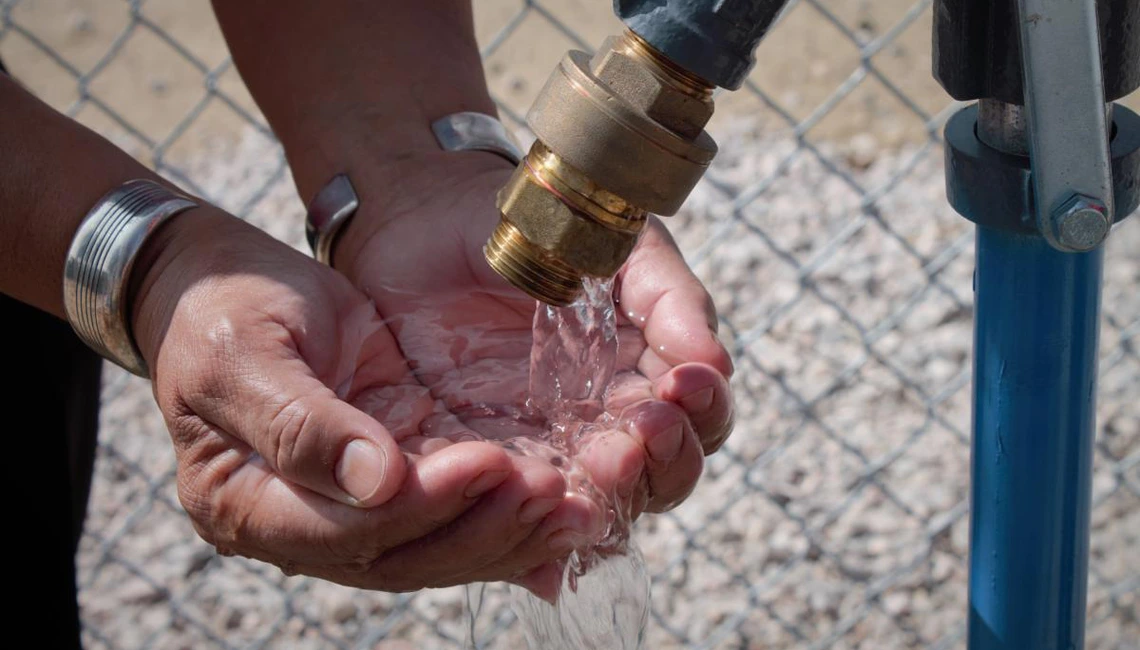In Focus: Navajo Safe Water Video
May 14, 2021
Image

A new documentary, “Working Together for a Better Future,” highlights the efforts of the Water Access Coordination Group (WACG) to provide water services to the Navajo Nation. Created in April 2020, WACG is a coalition of 20 entities led by the Navajo Nation and the Indian Health Service. According to Dr. Karletta Chief, Associate Professor and Extension Specialist in the Department of Environmental Science at UArizona, WACG "is an excellent model that supports collaboration with Navajo Nation entities so that we can collectively bring our resources and our data and our minds together to address a pressing need, especially during this pandemic, with the lack of access to water.” This 23-minute video offers interviews with coalition participants and depicts the quick mobilization and emergency response deployed to bring safe water to the Navajo Nation during the COVID-19 pandemic.
To help tribal members without access to running water follow CDC handwashing guidelines, WACG launched efforts to deliver portable handwashing stations to 500 Navajo families in need. In addition, the Indian Health Service used funding from the CARES Act to install 59 watering points on the Navajo reservation and distributed 37,000 storage containers with 3.5 million water disinfection tablets for people to haul safe water to their homes. While most of those efforts are transitional, long-term solutions have been sought out. Large water cisterns have been placed underground for residents to pump and receive fresh running water in their bathrooms and kitchens, and new septic tanks have been connected by the Navajo Engineering and Construction Authority. Nikki Tulley, PhD Student, UArizona Department of Environmental Science, who was also interviewed in the video, hopes to keep collaborating and taking into consideration feedback from residents to improve and adjust water access efforts deployed on the Navajo Nation. This video was funded by Agnese Nelms Haury Program in Environment and Social Justice at the UArizona.
Photo: Nikki Tulley

